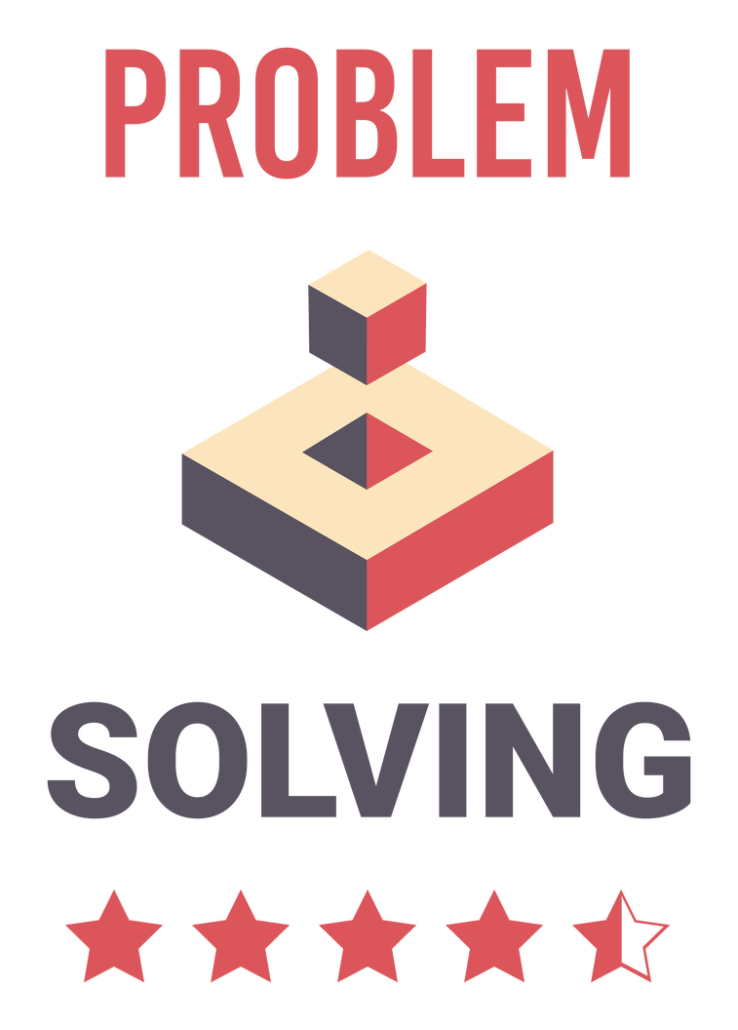HackerRank
Just earned my 6th star on the Problem Solving Badge on HackerRank using JavaScript (Node.js)!
Rank: 15.304 of a million and a half. 108 challenges solved.

I will keep my stars but I will lose that rank because I’m not doing more code challenges. I have really enjoyed this platform but I’m moving to something different where I can help people with their real code/apps. However, if you have plenty of time and want to level up your problem solving skills, and even find good jobs, you can try out, the interface is really intuitive and they have many different programming languages to choose 🙂
I thought that they would give me a t-shirt or something but not, so I designed my own one about solving daily problems!


